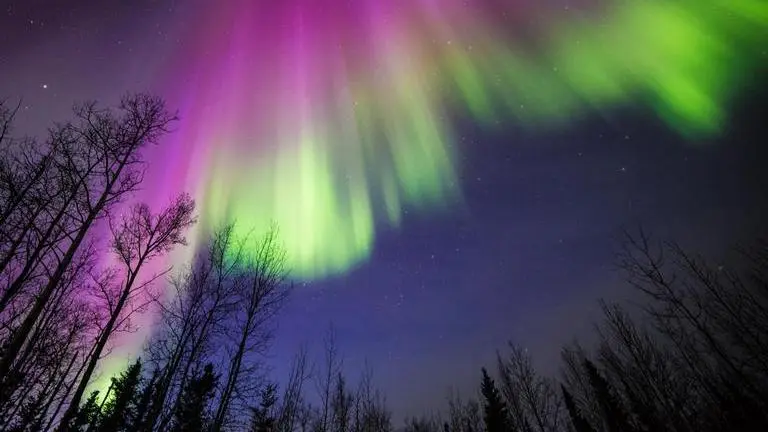Updated 28 March 2022 at 19:48 IST
NASA warns solar storm might hit Earth on March 28, triggering auroras at the poles
NASA has warned the Earth will get hit by a solar storm on March 28, triggering strong auroras in the northern poles that would reach mid-latitudes.
- Science News
- 2 min read

The Earth's atmosphere is about to get hit by a solar storm on March 28, which is likely to trigger strong auroras in the northern poles, the National Aeronautics and Space Administration (NASA) revealed recently. While the time of the solar storm reaching Earth is disputable, the US National Oceanic and Atmospheric Administration (NOAA) has stated that the phenomenon would transpire in the evening hours, as per the Indian standard time. For the unversed, solar storms are caused when large jets of highly charged particles emerge from the surface of the sun and get pushed out into space.
What are auroras and how are they formed?
As per NASA's description, the aurora borealis and aurora australis — also called the northern lights and southern lights — occur at the northern and southern poles when the Earth's magnetic field interacts with solar particles. When the solar wind hits Earth’s magnetic field, it leads to magnetic reconnection which in turn leads to an explosive process. This process provides the atoms with extra energy which is released as a burst of light. "NASA studies auroras to better understand this complex space environment, which in turn can help us predict and mitigate its effects on communication signals and human technology", the agency stated.
Solar storm on March 28
Fast Hit or Slow? An Earth-directed #solarstorm is on its way to Earth, but NASA & NOAA predictions disagree on impact time. NASA (shown below) says impact will be near midnight March 28, but NOAA believes 18 hours earlier. Either way #aurora could reach to mid-latitudes! (1/2) pic.twitter.com/CwA21QcIZf
— Dr. Tamitha Skov (@TamithaSkov) March 26, 2022
Space weather physicist Tamitha Skov revealed that the time of the solar storm hitting Earth as suggested by NASA and NOAA varies by several hours. She said that the time issued by NOAA was 11:30 am (IST) on March 27, which is 18 hours earlier than what was predicted by NASA. Skov further said that the difference in NOAA prediction, which is earlier than NASA's, hints at a faster solar storm that would hit our planet harder. She further informed that the auroras would reach mid-latitudes irrespective of the difference in predictions and the GPS and High-frequency radio communications might suffer glitches on the day-side during the phenomenon.
Published By : Harsh Vardhan
Published On: 28 March 2022 at 19:48 IST
